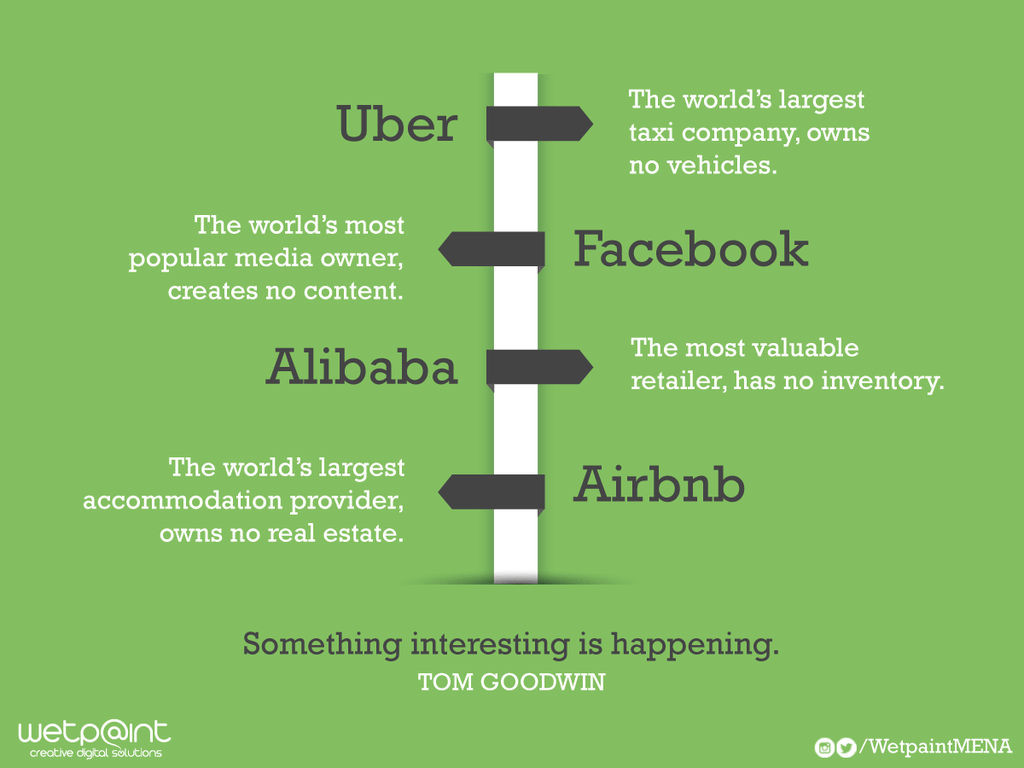The Best Time To Be In MRX
As this quote from Tom Goodwin at Havas Media continues to go viral on LinkedIn...
I can’t help but reflect on what an amazing time in business history it is to be working in the field of Market Research. Almost every vertical I think of is going under a dramatic shift of some sort, and on a higher level, every vertical is being impacted by not only evolving technology, but also an evolving demographic makeup.
As market researchers, we are the explorers of this new world for companies and brands navigating an ever-shifting landscape. Mixing analytics, data, story-telling, and one-on-one conversations into a four-dimensional map for our clients to make decisions on where to go next.
So what is the future of these business verticals?
Let’s take a look:
CPG
Consumers are becoming increasingly health conscious and aware of the ingredients in their food. Carbohydrate rich staples of the American diet such as wheat and processed sugars are under attack and many of the CPG giants have created businesses around selling iterations of these types of foods.
In addition, locally grown movements, sustainability, and farmers markets are becoming serious competitors to the CPG giants as people are becoming more aware of the environmental impact their food decisions have.
Cable Providers
This vertical is arguably going through one of the most disruptive phases of its business history. Netflix, Amazon, Hulu, and now Apple TV are all vying for a piece of this multi-billion dollar industry. Consumers are becoming more empowered, watching the shows they want, when they want, and at the price they want. Cord cutting went from being a buzzword to a reality in a matter of a few short years.
Furthermore, even these disruptors are becoming the incumbents and are going to be facing some strong competitors very soon.
Financial Institutions
In a post-recession era, financial institutions are struggling to become as relevant to the millennial consumers as they were to the boomers. The millennial generation has developed their financial outlook during one of the worst economic times for America. Coupled with the desire to interact with financial institutions online and via mobile, this vertical is struggling to create relevant financial products outside the staples like mortgages as millennials are not as interested in the white picket fence, while engaging their consumers in an increasingly digital world.
Note I am generalizing about millennials as a whole because if we dive deeper into the different segments of millennials, notably Hispanic millennials, we see a glimmer of hope for financial institutions.
Automotive
Even the assumed cornerstone of America possessions, the car, is under fire from unlikely businesses such as car sharing. In the similar vein of millennials not necessarily wanting to own a home, they also aren’t as interested in owning cars as previous generations. Car sharing services are becoming increasingly popular as the cost of owning a vehicle both personally and environmentally don’t add up for the millennial generation.
Another competitor, albeit it smaller, are car companies like Tesla. Tesla hints at a broader trend of smaller, more nimble companies disrupting giant blue chips companies due to their lack of adherence to traditional technologies, supply chains, and construction. Their silicon valley roots along with their zero emission electric engine appeals to millennials, yet is still out of reach for many due to high price points. Still, as Tesla looks to have a more affordable model out in the coming years and with the release of its patents, the electric auto market is bound to boom.
And I am generalizing here again as Hispanic millennials are more likely to want to purchase an automobile vs. non-Hispanic millennials, another opportunity for the automotive industry.
Retail
On the tail of Target pulling out of Canada and downsizing its corporate office, the retail sector continues to be shaken up by the likes of Amazon and eBay. Radioshack declaring bankruptcy, Best Buy trying to find its way, both indicators of how the shopping preferences of America is changing. Brick and mortar visits are at an all-time low and retailers are struggling to be relevant in an increasingly digital marketplace.
Now this isn’t a comprehensive list of verticals, but are the ones I talk to on a regular basis as a market researcher. And on top of all of these changes that brands and companies are facing, there is the biggest change of all they are grappling with…demographic changes.
21% of all millennials in the U.S. are Hispanic and will reach almost 25% by the year 2030. If we look at Gen Z, that percentage jumps to 23% Hispanic. While the Asian population in the U.S. makes a smaller percentage of the population, they are the fastest growing minority group in the U.S.
These demographic changes are arguably more impactful than the ones listed above as cultural relevance is one of the strongest purchase drivers for us as humans.
This isn’t all doom and gloom though, these technological shifts and demographic changes represent opportunities for companies and brands to redefine themselves. Us as market researchers are there to help usher companies and brands into new territories, providing them with insights to make critical decisions on how to address changing needs and populations and limiting the risk of moving in a direction that is not wise.
This blog post was originally published on Total Market Views, where you can view other posts about marketing strategies and ideas from a professional market researcher's perspective.
To find out how we can help you discover insights about marketing your brand, please feel free to contact us.
